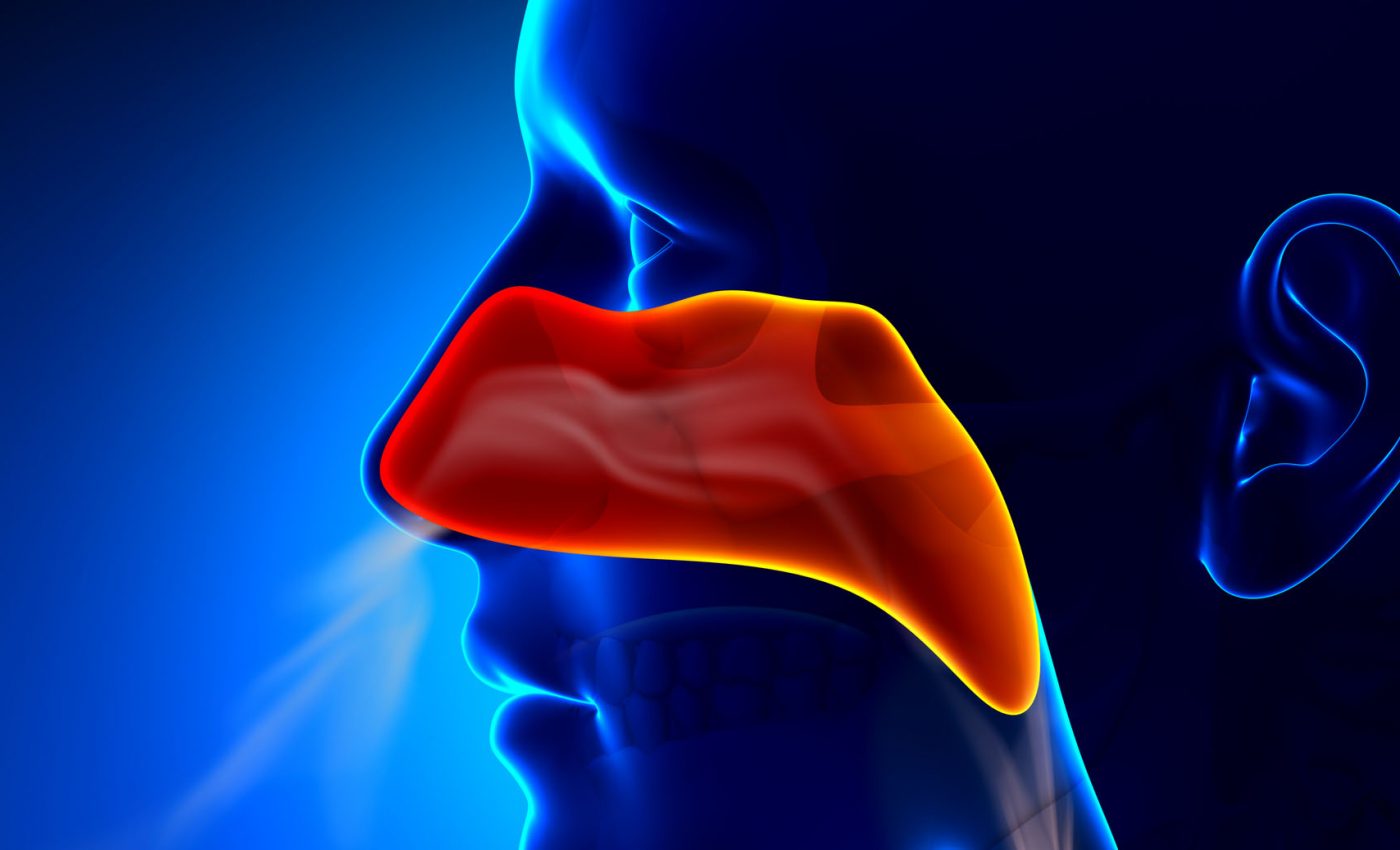
How your body protects you from the bacteria you inhale
Researchers at Massachusetts Eye and Ear Infirmary are explaining how we can inhale bacteria in nearly every breath that we take without getting sick. The experts have discovered that tiny fluid-filled sacs called exosomes are immediately secreted from cells when bacteria is inhaled. These exosomes directly attack the bacteria and protect other cells from infection.
The research provides new insight into our immune systems, and could ultimately lead to the development of new drug delivery techniques that harness this natural transportation process from one group of cells to another.
Study senior author Dr. Benjamin Bleier is a sinus surgeon at Massachusetts Eye and Ear and an associate professor of Otolaryngology at Harvard Medical School.
“Similar to kicking a hornet’s nest, the nose releases billions of exosomes into the mucus at the first sign bacteria, killing the bacteria and arming cells throughout the airway with a natural, potent defense,” said Dr. Bleier. “It’s almost like this swarm of exosomes vaccinates cells further down the airway against a microbe before they even have a chance to see it.”
The study revealed that when cells at the front of the nose detect a bacterial molecule, they trigger a receptor called TLR4, which stimulates the release of exosomes. Within five minutes, an innate immune response doubles the number of exosomes that are released into the nose, and also doubles the amount of the protective enzyme nitric oxide synthase within those exosomes. Nitric oxide is an antimicrobial molecule that equips each exosome to defend against bacteria.
The “swarm” of exosomes is also moved along by another natural mechanism of the nose called the mucociliary clearance, which sweeps the stimulated exosomes – along with information about the presence of bacteria – to the back of the nose. The process prepares the cells in this nasal region to immediately fight off the bacteria before they get very far into the body.
According to the study authors, their findings could lead to more effective ways of administering drugs through the airway. For example, exosomes could be used to transport inhaled medications to cells along the upper airway, and possibly even into the lower airways and lungs.
Dr. Bleier said, “The nose provides a unique opportunity to directly study the immune system of the entire human airway – including the lungs.”
The study is published in the Journal of Allergy and Clinical Immunology.
—
By Chrissy Sexton, Earth.com Staff Writer
Image Credit: Massachusetts Eye and Ear












